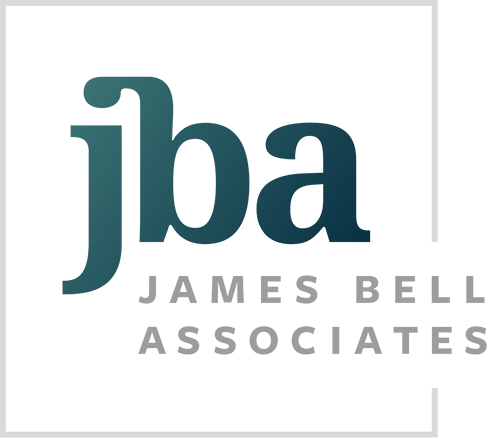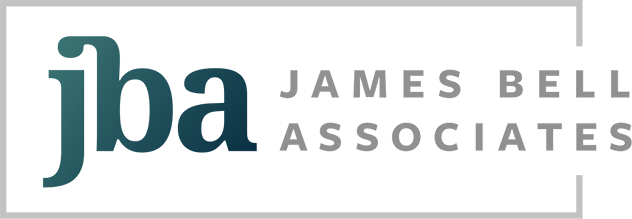Capabilities
Cost Analysis
Cost analysis is a way of understanding how resources are used. It informs planning, budgeting, and decision making in policy and practice by unpacking the direct and indirect costs associated with a program. JBA systematically collects, categorizes, and analyzes costs with the appropriate level of precision to answer key questions. We translate the implications of the findings and build clients’ capacity to conduct their own cost analysis, from planning through data collection, analysis, and reporting.
Program-Level Cost Analysis
To help clients identify spending patterns over time, we capture program costs by expenditure category and activity type. Data can be collected either at a point in time or over a designated period. Program-level cost analysis is the most basic, least intensive type of cost analysis and provides a necessary foundation for more sophisticated studies.
Case-Level Cost Analysis
Allocating program-level costs to cases shows how costs may vary depending on individual or family history, needs, and other characteristics. We take a bottom-up approach that starts by breaking down and tracking the activities of frontline workers. The total cost per case reflects the costs of those activities and a portion of other overall program costs.
Benefit-Cost Analysis and Return on Investment Analysis
Benefit-cost analysis quantifies program benefits in dollars and assesses whether they exceed the costs. Return on investment analysis compares program net costs and outcomes in dollars, expressed as a percentage gained or lost. Both types build on case-level cost analysis.
Cost-Effectiveness Analysis
Cost-effectiveness analysis examines the relationship between program cost and effectiveness to determine, for example, the cost of preventing one case of child maltreatment. It builds on case-level cost analysis.

